Acrylic paint paintings are a popular form of artistic expression that utilize fast-drying paint made of pigment suspended in acrylic polymer emulsion. This unique medium allows for an incredible range of styles, Techniques, and effects, making it ideal for both beginners and experienced artists alike.
The Versatility of Acrylic Paint
Acrylic paints are renowned for their versatility and the ability to mimic various other mediums such as watercolor, oil paint, and even gouache. This secures their place as a favorite among artists. Here are some reasons why acrylic paint is so beloved:
Quick Drying
- Speed: Acrylic paints dry quickly, allowing artists to work swiftly and layer effectively without long waiting periods.
- Blending: Because they dry quickly, artists can create sharp edges or blend colors seamlessly depending on their technique.
Water Soluble
- Ease of Use: Acrylic paints can be thinned and cleaned up with water, which makes them more user-friendly than oil paints.
- Safe for Beginners: The non-toxic nature of acrylic paints allows for a worry-free experience, especially for young artists or those new to painting.
Range of Textures
Acrylics can be manipulated to create various textures:
- Thick Impasto: Apply paint thickly with a palette knife to create a three-dimensional effect.
- Thin Wash: Thinned with water for a watercolor-like effect.
Acrylic Paint Composition Table:
| Component | Function |
|---|---|
| Pigment | Provides color |
| Binder | Adheres pigment to surface |
| Solvent | Adjusts viscosity (water for acrylics) |
| Additives | Enhance drying time, texture, and finish |
Techniques for Acrylic Beginners
Many acrylic painting techniques can help beginners explore their creativity and build their skills. Here’s an overview of some essential techniques:
- Wet-on-Wet: You apply wet paint onto wet paint for smooth blending.
- Dry Brush: A dry brush is used to create texture and enhance details.
- Glazing: Applying a thin, transparent layer of paint over dried paint to alter color and depth.
- Pouring: Pouring acrylic paint onto the canvas to create abstract patterns and cells.
Acrylic Painting Supplies Checklist
Before embarking on your acrylic painting journey, gather essential Supplies:
| Supplies | Description |
|---|---|
| Acrylic Paints | Various colors based on your palette |
| Brushes | Different sizes: flat, round, and filbert |
| Canvas or Paper | Suitable for acrylic work (heavyweight) |
| Palette | For mixing paint |
| Water Container | For rinsing brushes |
| Rags or Paper Towels | For cleaning and drying |
Popular Themes for Acrylic Paintings
Acrylic paint allows artists to explore various themes. Here are some popular selections:
- Landscapes: Natural sceneries, often vibrant with color variations.
- Abstract Art: Using shapes, colors, and lines to create non-representational artwork.
- Floral Designs: Capturing the beauty of nature through colorful floral arrangements.
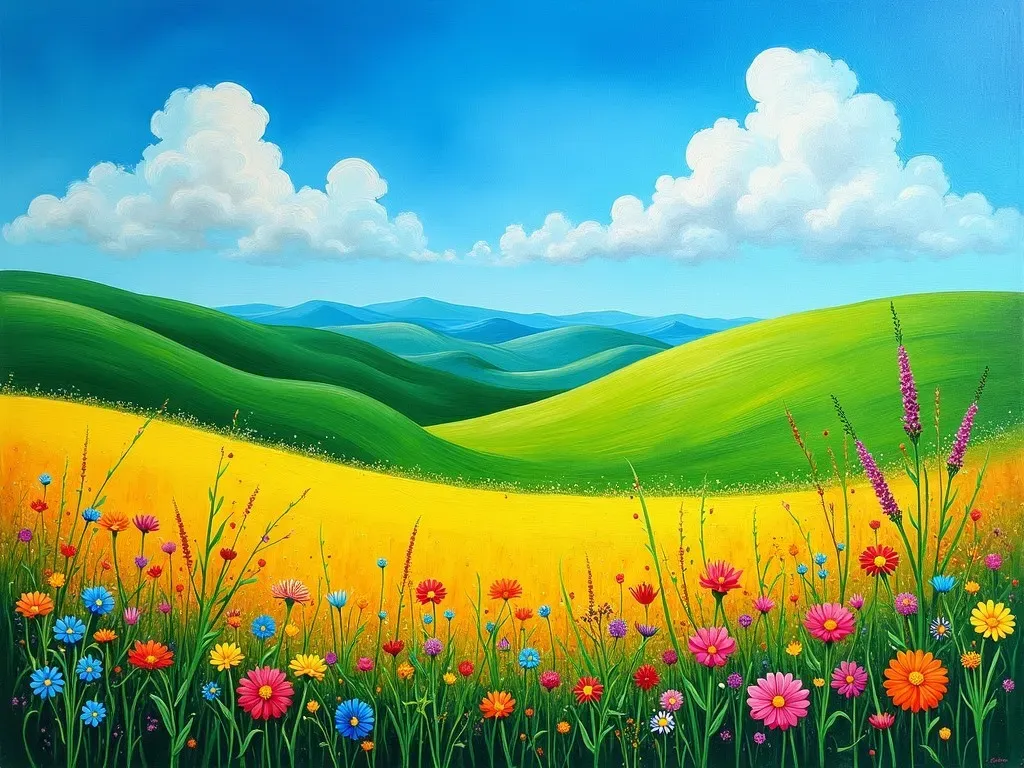
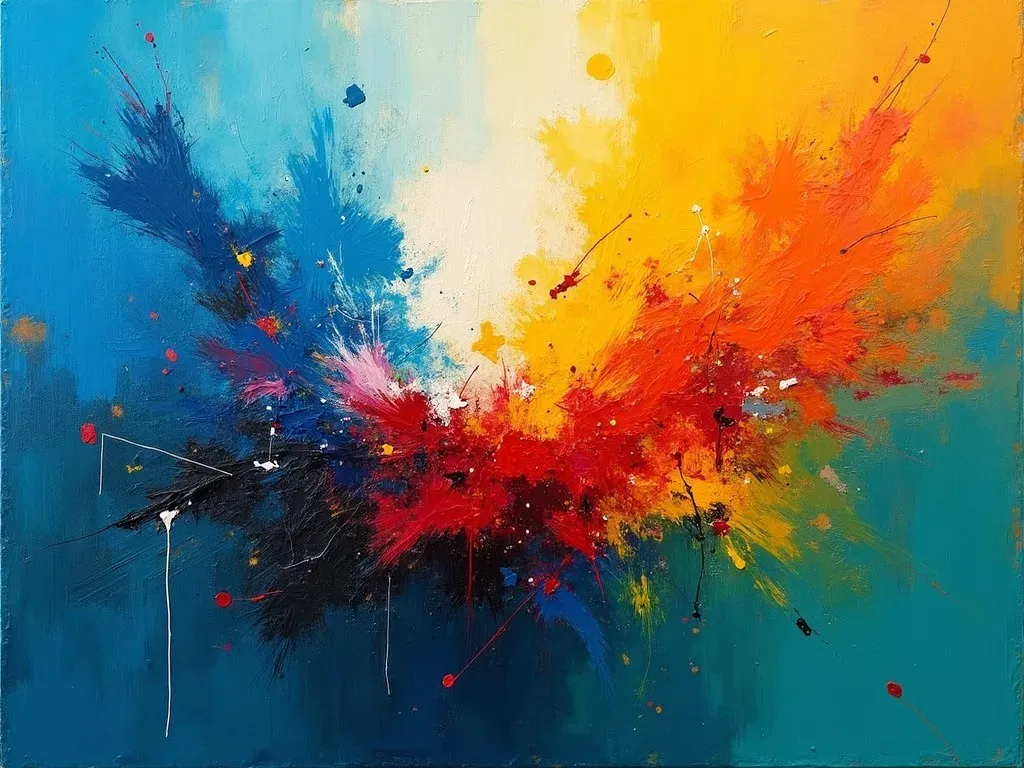
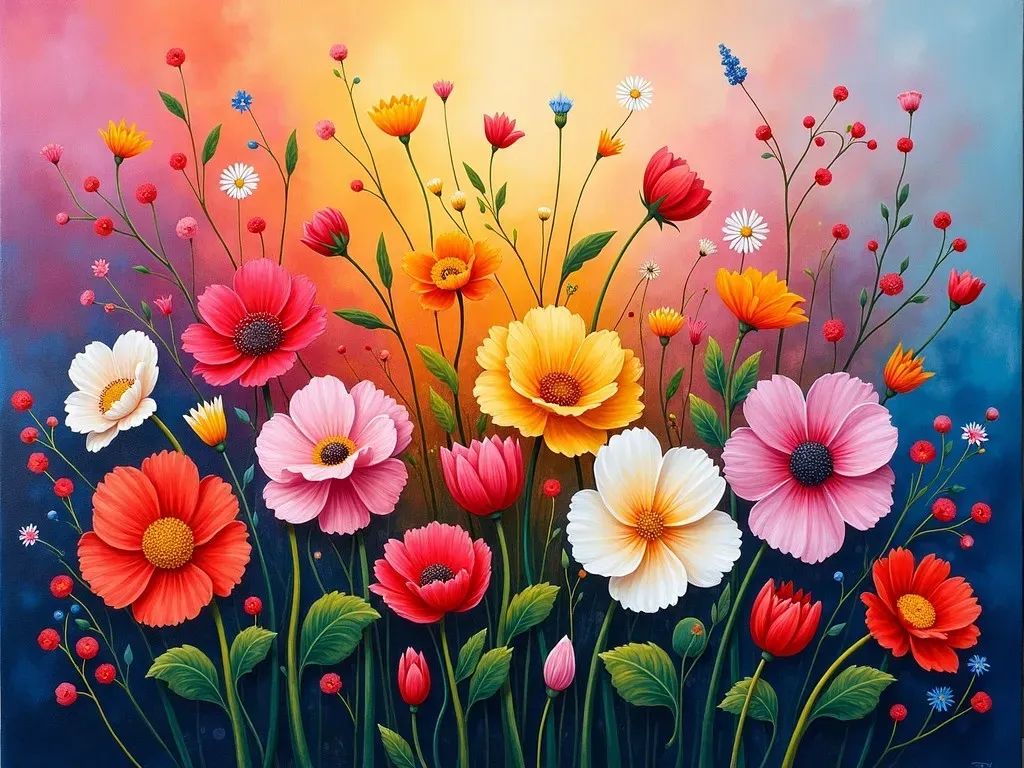
Sources for Inspiration
To further inspire your acrylic painting journey, consider checking out these resources:
- Beginner Acrylic Painting Ideas – A compilation of ideas tailored for beginners.
- 25 Acrylic Paintings from Top Artists – A showcase of stunning works to spark your creativity.
Frequently Asked Questions (FAQ)
What is the best type of canvas for acrylic painting?
For acrylic painting, a heavy-weight canvas or canvas board specifically designed for acrylics is recommended. These surfaces are primed to withstand the moisture of acrylic paint and prevent warping.
How do I clean my brushes after using acrylic paint?
Immediately rinse your brushes in water after use. It may help to use mild soap for any stubborn paint that doesn’t wash out easily. Be gentle to preserve the brush’s shape.
Can I use acrylic paint on wood?
Yes! Acrylic paint adheres well to wood surfaces. Ensure the wood is adequately prepared with a primer or gesso for the best results.
What are some beginner-friendly acrylic painting projects?
- Simple still lifes (e.g., fruit or flowers)
- Abstract paintings using colors you love
- Landscapes focusing on basic shapes and colors
Techniques to Explore as You Progress
Once comfortable with basic techniques, consider exploring advanced techniques to elevate your artworks:
- Acrylic Pouring: This popular trend involves pouring multiple colors of paint together to create unique abstract designs.
- Mixed Media: Combine acrylics with other materials like pastel, paper, or fabric for added complexity and depth.
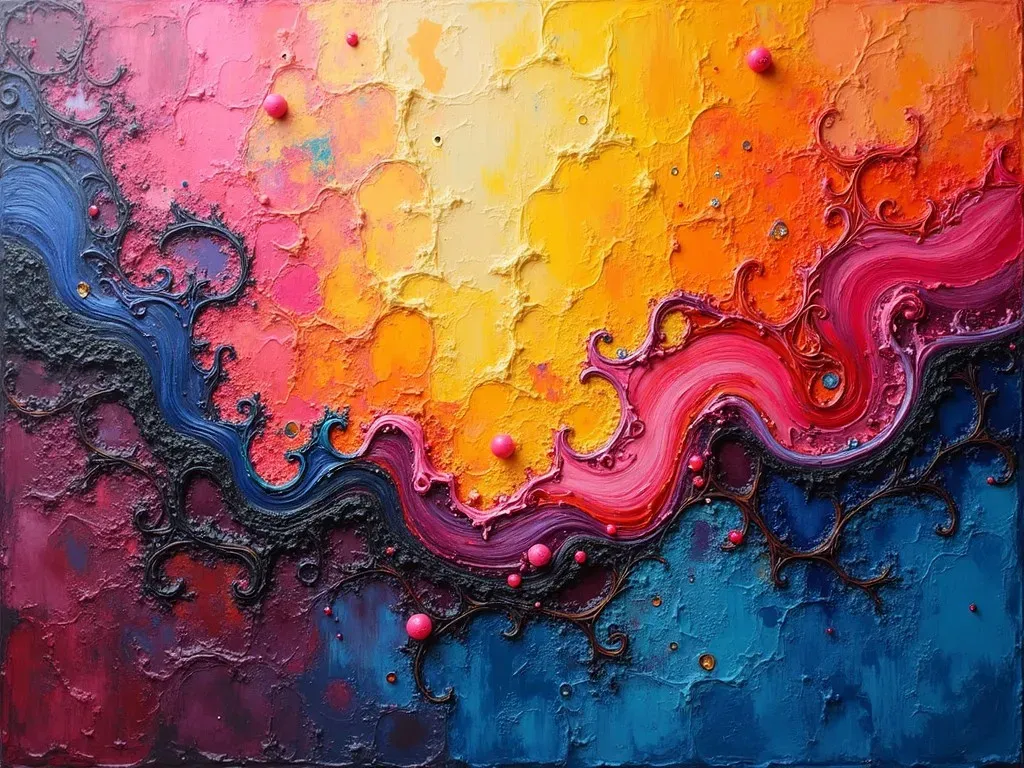
The Psychology of Color in Acrylic Paintings
Understanding color theory can significantly enhance your work. Colors affect emotions and perception:
| Color | Emotion |
|---|---|
| Blue | Calmness and serenity |
| Red | Energy and passion |
| Yellow | Happiness and warmth |
| Green | Balance and harmony |
Tips for Building Your Skills
- Practice Regularly: The more you paint, the better you’ll become. Don’t be afraid to experiment.
- Watch Tutorials: Online platforms provide various resources geared toward learning new techniques.
- Seek Feedback: Share your work in community groups for constructive criticism and support.
- Attend Workshops: Engage with fellow artists for tips, technique sharing, and networking.
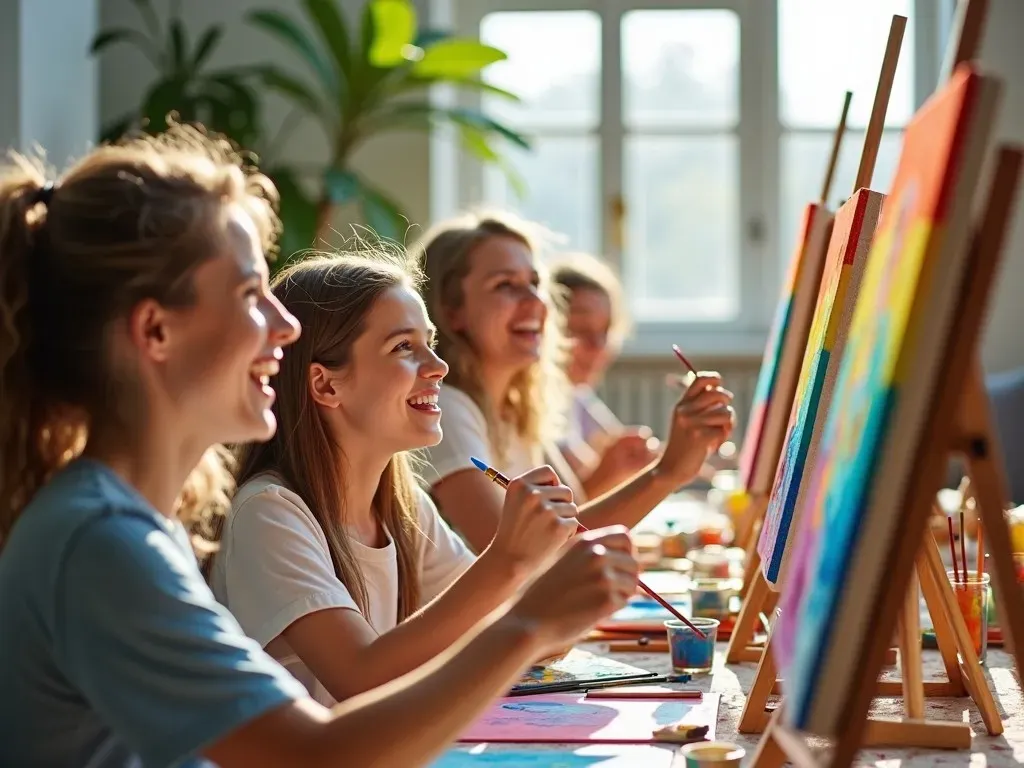
Embrace the fascinating world of acrylic paint paintings, and let your creativity flow!
